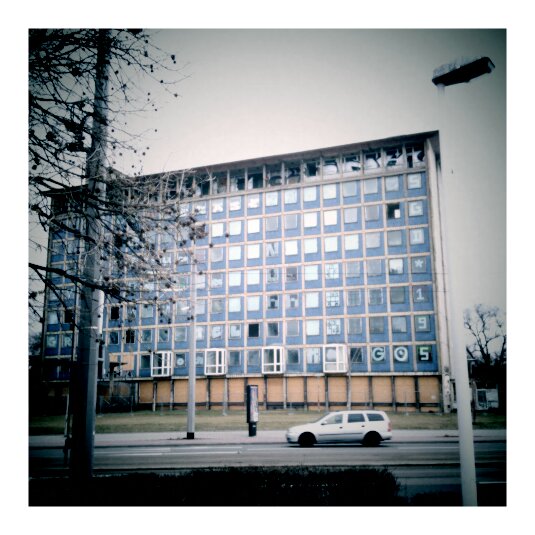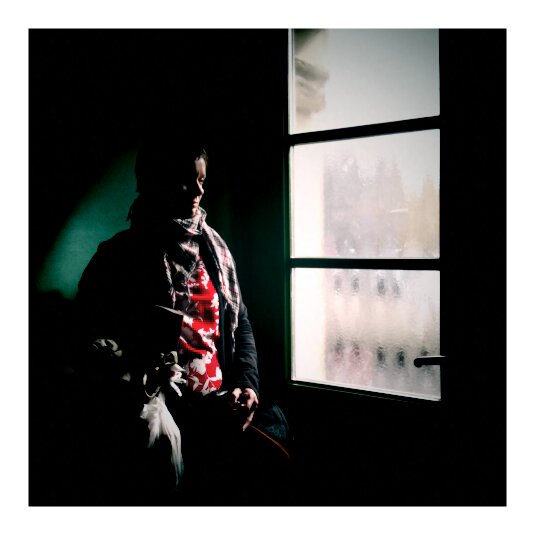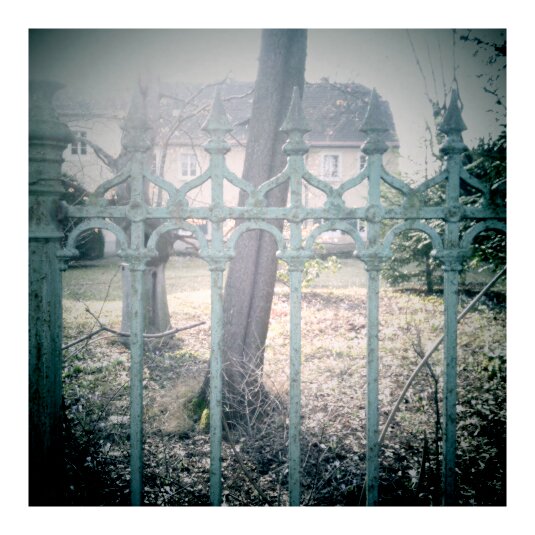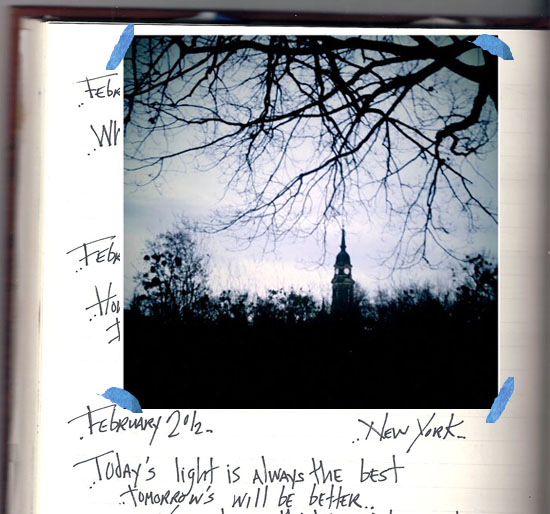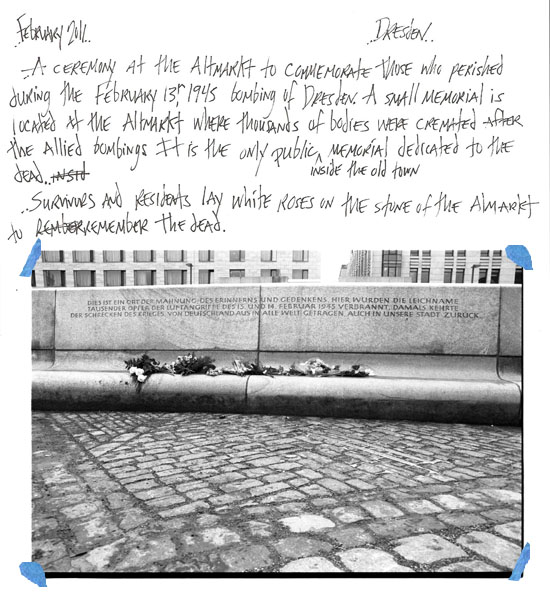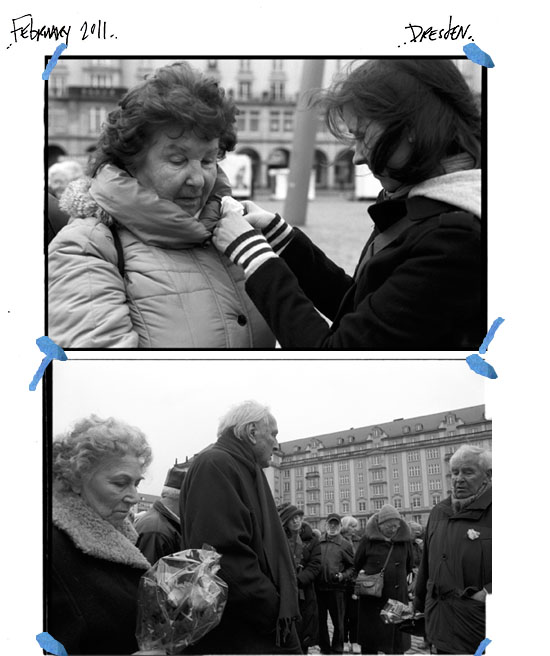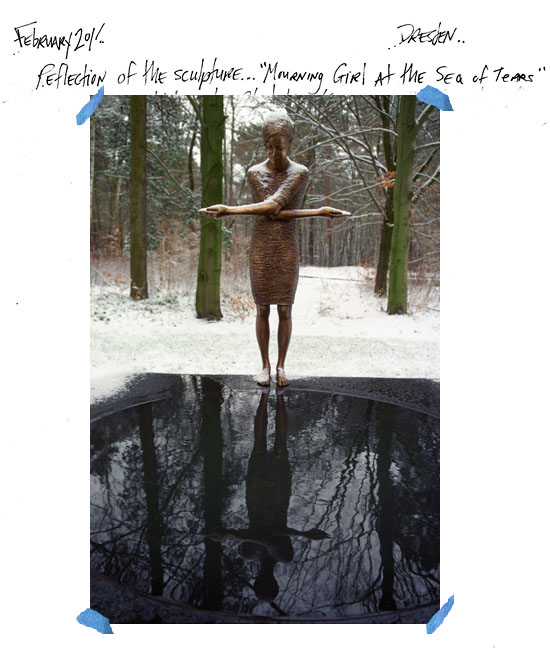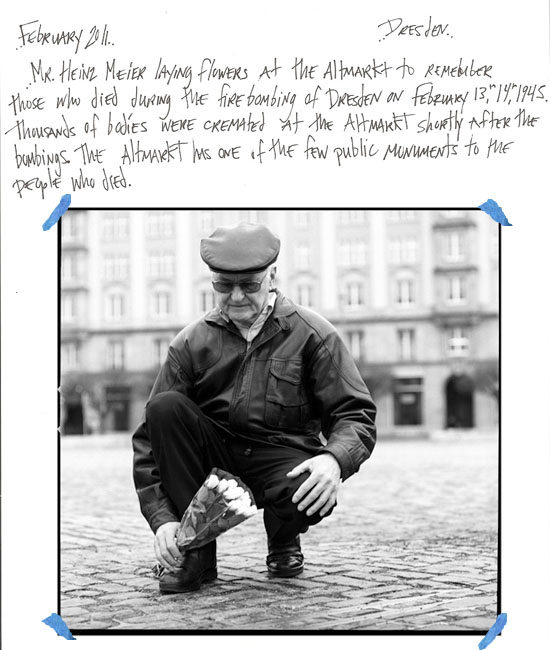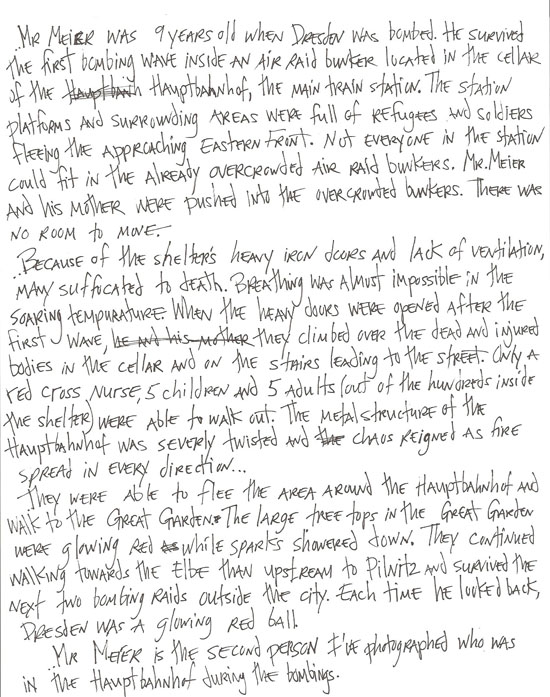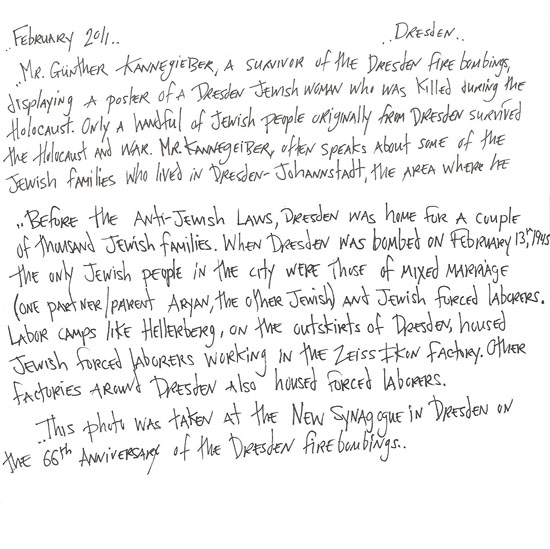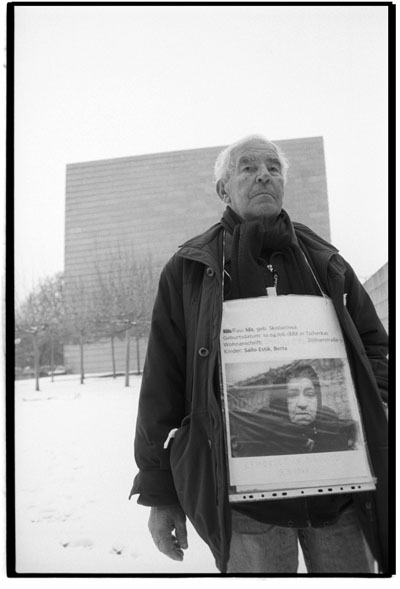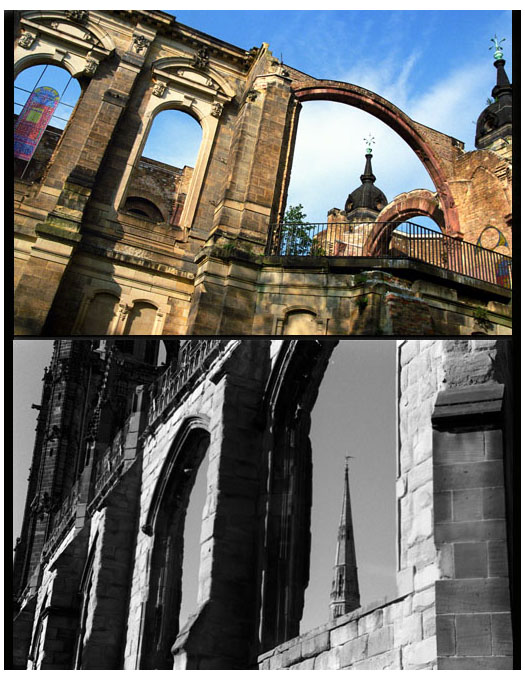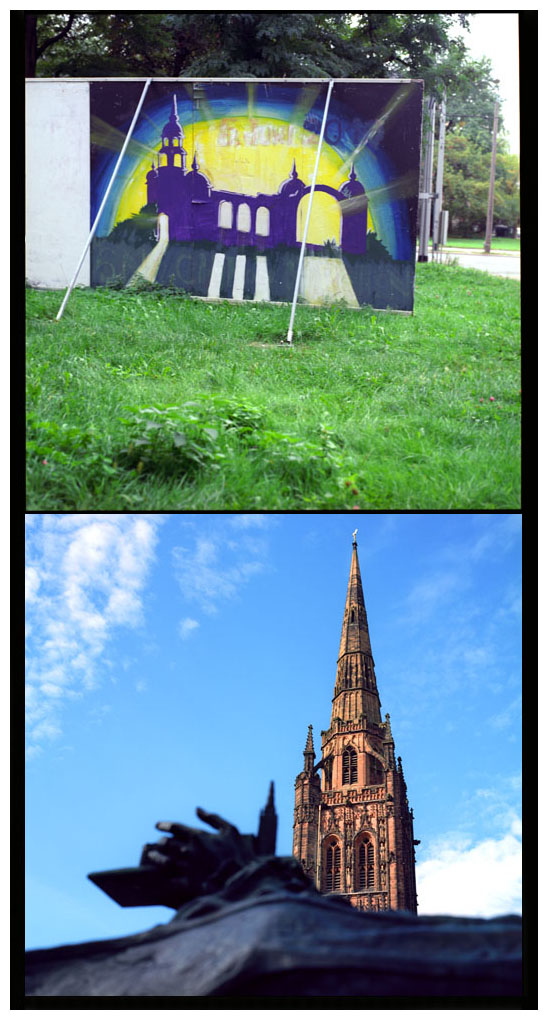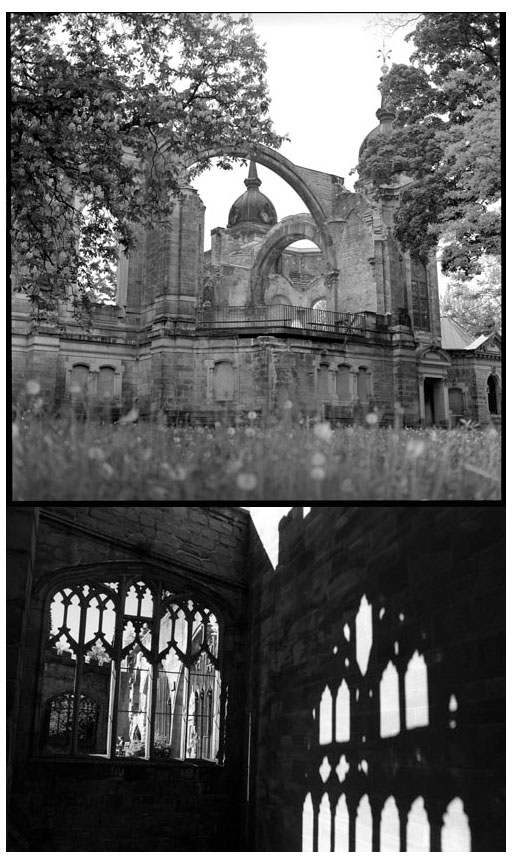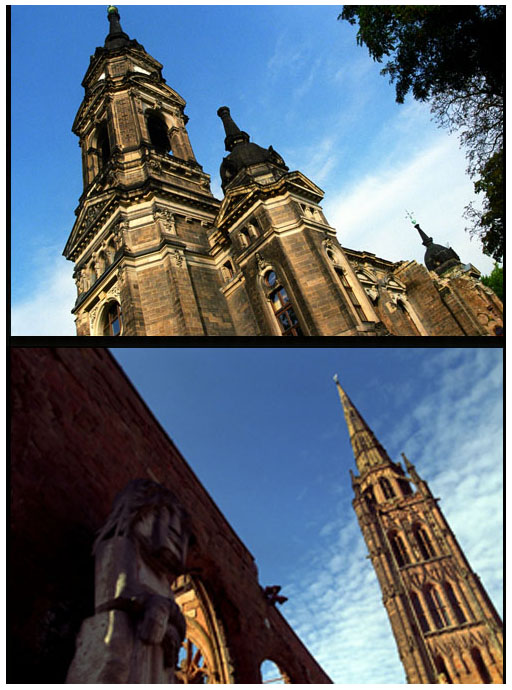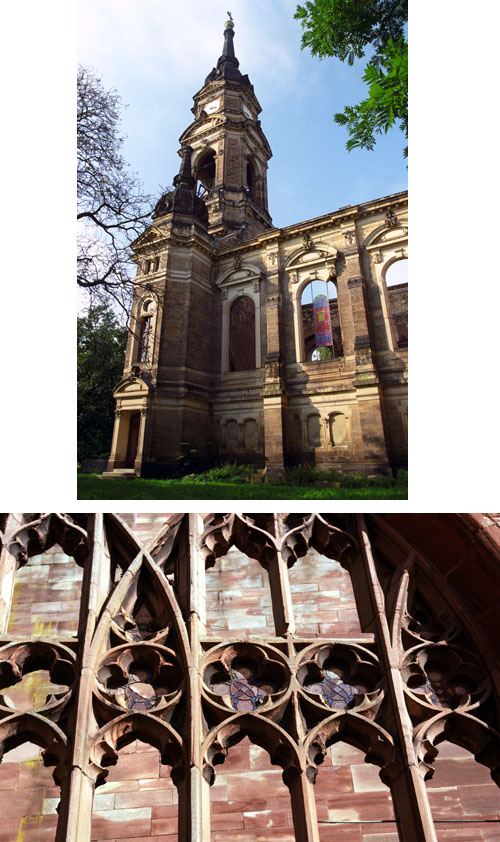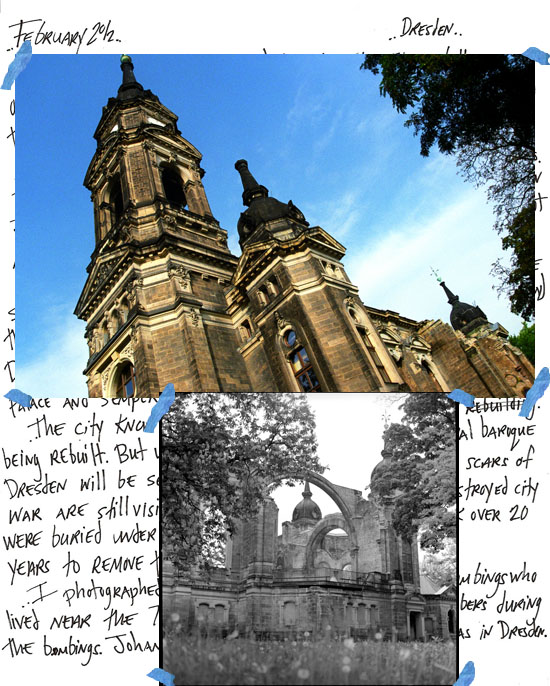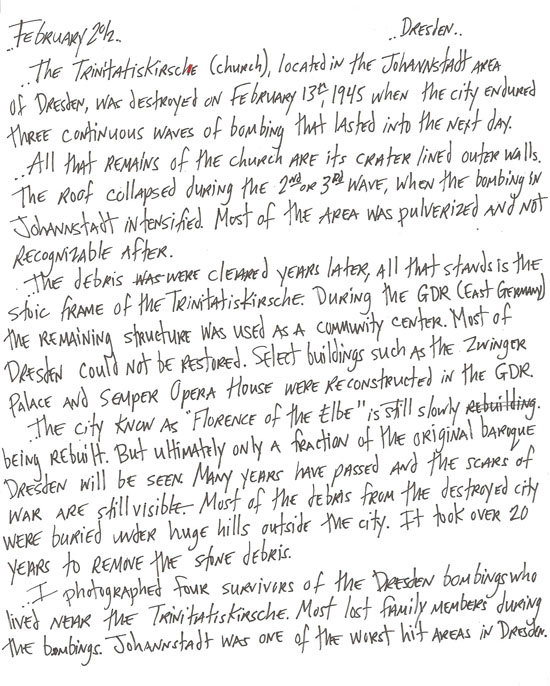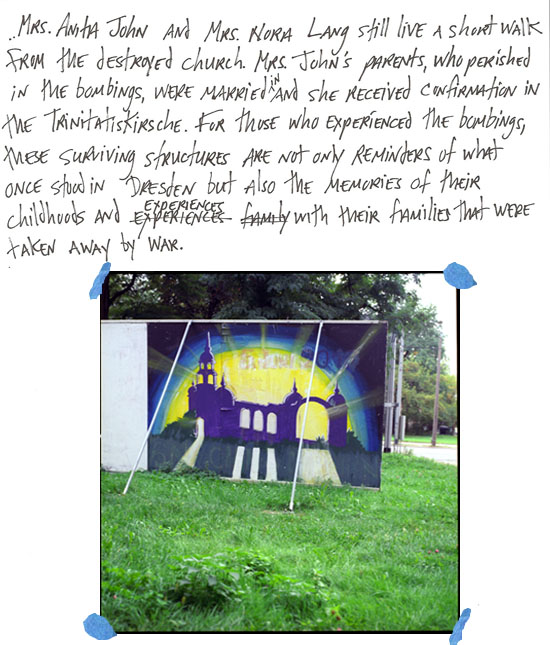..March 2012.. ..Dresden, GDR..
Archive for the ‘Dresden’ Category
Dresden, GDR
Monday, March 12th, 2012Dresden
Sunday, March 11th, 2012Elbe
Thursday, March 8th, 2012..March 2012.. ..Dresden..
I walked to Pillnitz…..it`s always been one of the most beautiful walks I`ve ever taken. I can`t find the name of the color that sprints down the Elbe or the hazy dull palette above. The banks are lined with homes capped by ominious minorettes that I only have seen in dreams about another time.
It’s hard to believe this was place I wouldn’t have been able to walk a short time ago.
I can`t find the technicolor image or the precise words to express this feeling of walking along the Elbe. I feel creatively impotent when it comes to photographing my emotions. Which is frustrating because my photography is fueled by photographing emotion in other people.
What is this feeling? It isn`t the type of inspiration that I has moved me in the past. It isn`t inspiration or emotion that moves me 99.9% of the time. This is a walk dreamt in Technicolor with air that has a snap of a reality that I never thought existed.
Fragile
Sunday, February 19th, 2012Ceremony at the Dresden Altmarkt
Monday, February 13th, 2012….Mourning Girl Sea of Tears….
Sunday, February 12th, 2012Mr. Heinz Meier
Thursday, February 9th, 2012Günther Kannegießer
Wednesday, February 8th, 2012The Ruins of Trinitatiskirsche in Dresden and Coventry Cathedral in Coventry
Tuesday, February 7th, 2012..February 2012.. ..Dresden..
The top photo in each series are the ruins of Trinitatiskirsche and bottom photo are the ruins Coventry Cathedral.
Trinitatiskirsche was destroyed on February 13th, 1945 when Dresden endured 3 continuous waves of Allied bombing that lasted until the next day. Only the crater lined outer walls still stand today.
The Coventry Cathedral was destroyed during the Coventry Blitz on November 14,1940 by the German Luftwaffe. Only the tower, spire, outer wall and bronze effigy of its first bishop, Huyshe Wolcott Yeatman-Biggs, survived.
Both destroyed structures serve as reminders of the indiscriminate scars of war. Coventry and Dresden shared similar fates during WWII. The cities were pulverized with bombs leaving only memories of what the famous cities once were.
The structure of the Trinitatiskirsche was used as a community center during the GDR. The ruins of the Coventry Cathedral is now used as memorial while it neighbors the new cathedral.
For those who experienced the bombings, these surviving structures are not only reminders of what once stood respectively in Dresden and Coventry but also lost memories of their childhoods and experiences with their families that were taken away by war.
